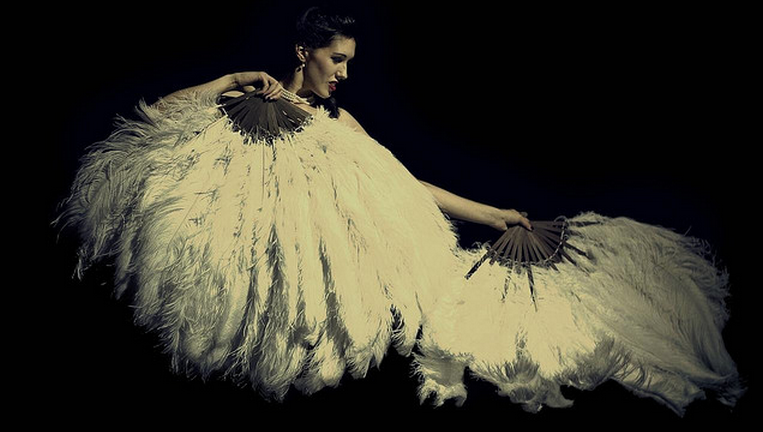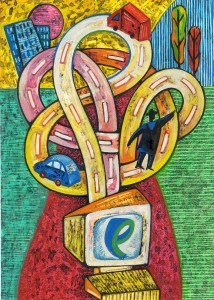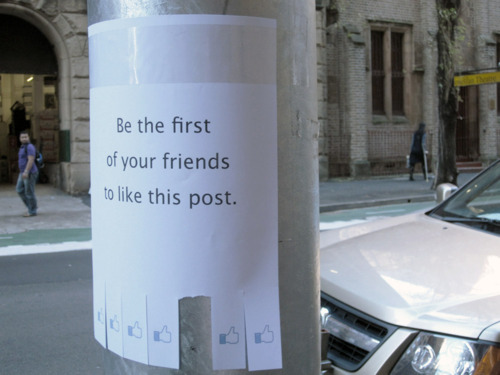 Image of the week. augmented reality: the online infiltrates how we perceive the offline, made literal here.
Image of the week. augmented reality: the online infiltrates how we perceive the offline, made literal here.
Meanwhile, it was busy this week on Cyborgology…
PJ Rey writes about Klout and how it infiltrates our mind’s eye
Nathan Jurgenson provides some initial reflections on the OWS Raid at Zuccotti park
PJ Rey gets Marxian and discusses value, productivity, labor and the web
Sarah Wanenchak reflects on the evolution of the ‘human microphone’ as Karl Rove gets mic-checked

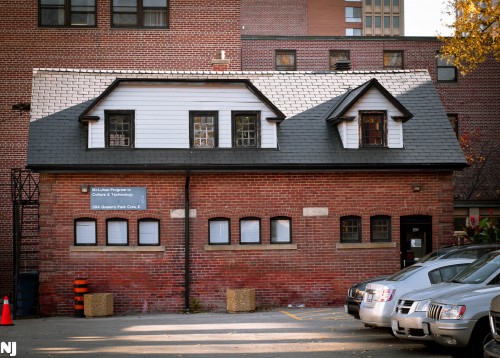
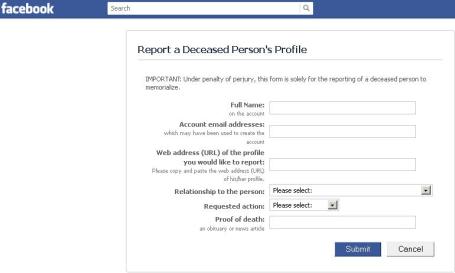


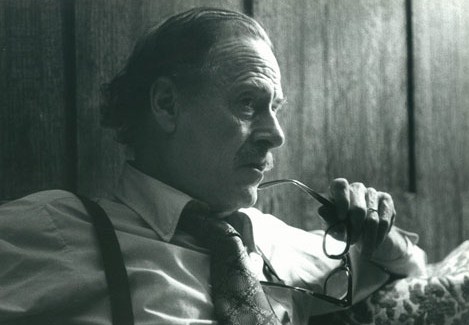 Check out The Big Ideas podcast over at The Guardian UK today for
Check out The Big Ideas podcast over at The Guardian UK today for 